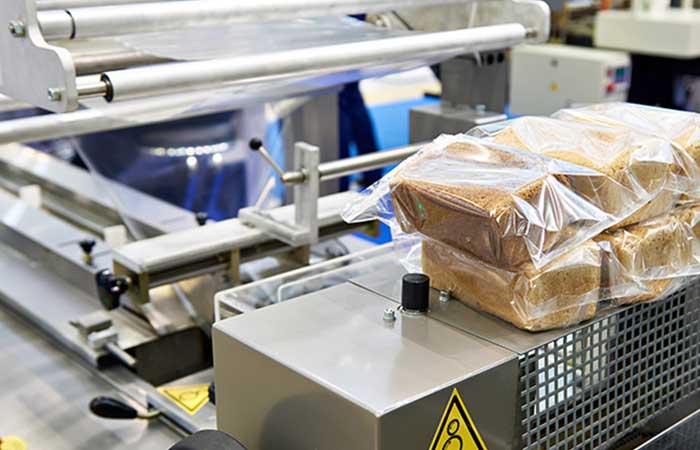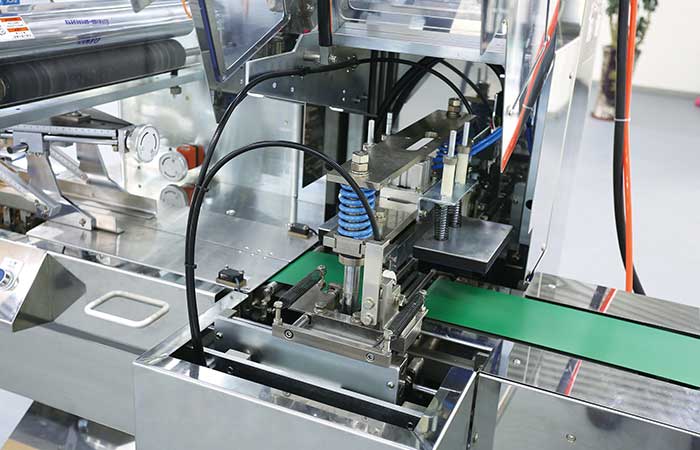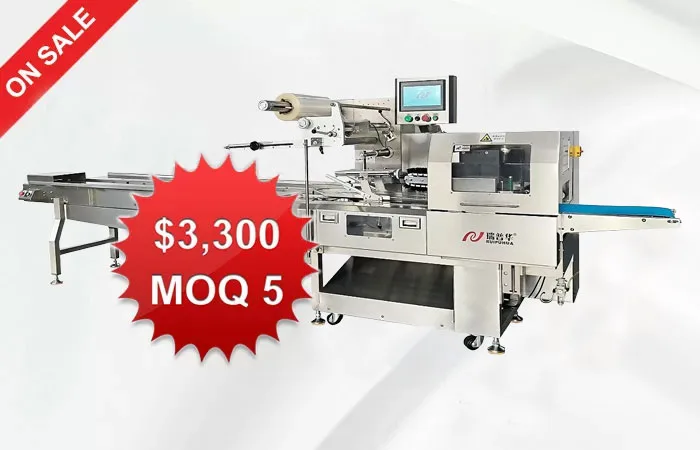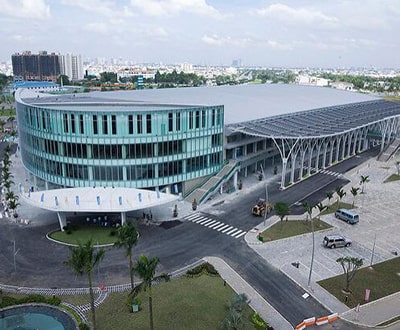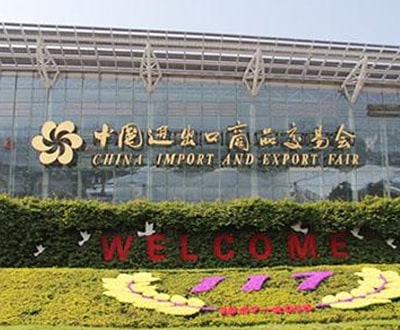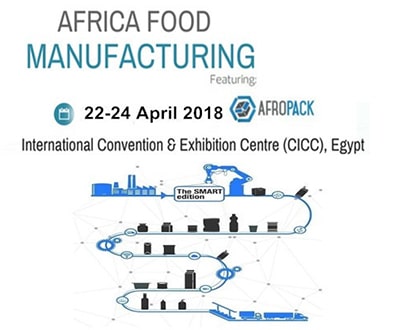Pioneering Packaged Refrigeration Systems: A Deep Dive
The Evolution of Packaged Refrigeration Systems
In the realm of modern refrigeration technology, packaged refrigeration systems stand as a testament to innovation and efficiency. These systems have come a long way from their humble beginnings, evolving to meet the diverse needs of various industries. Today, they play a crucial role in preserving perishable goods, maintaining the integrity of temperature-sensitive products, and reducing energy consumption.
One of the key advantages of packaged refrigeration systems is their compact design, which combines multiple components into a single unit. This streamlined approach not only saves space but also simplifies installation and maintenance. Furthermore, advancements in technology have led to the development of eco-friendly refrigerants that minimize environmental impact while maximizing cooling efficiency.
Benefits of Packaged Refrigeration Systems
Packaged refrigeration systems offer numerous benefits to businesses across different sectors. From supermarkets and food processing plants to pharmaceutical companies and cold storage facilities, these systems provide a reliable and cost-effective solution for temperature control needs. Some of the key benefits include:
- Energy Efficiency: By utilizing advanced compressor technologies and intelligent control systems, packaged refrigeration systems help businesses reduce their energy costs and lower their carbon footprint.
- Temperature Consistency: With precise temperature control capabilities, these systems ensure that perishable goods remain fresh and safe for consumption.
- Space Optimization: The compact design of packaged refrigeration systems allows for efficient use of available space, making them ideal for installations where space is limited.
Exploring the Technology Behind Packaged Refrigeration Systems
At the core of packaged refrigeration systems lies a sophisticated combination of components that work in harmony to maintain the desired temperature levels. These components include compressors, condensers, evaporators, expansion valves, and control systems, all of which play a critical role in the refrigeration process.
Compressors are the heart of the system, responsible for pumping refrigerant through the system and transferring heat energy. Meanwhile, condensers release heat to the surrounding environment, causing the refrigerant to condense into a liquid state. Evaporators absorb heat from the refrigerated space, allowing the refrigerant to evaporate and cool the area.
The Future of Refrigeration Technology
As technology continues to advance, the future of refrigeration systems looks promising. Innovations such as variable-speed compressors, smart control systems, and remote monitoring capabilities are revolutionizing the industry, making refrigeration systems more efficient, reliable, and sustainable.
In conclusion, packaged refrigeration systems have transformed the way businesses approach temperature control and preservation. With their versatility, energy efficiency, and compact design, these systems are set to shape the future of refrigeration technology, ensuring the safe storage and transport of perishable goods for years to come.
-
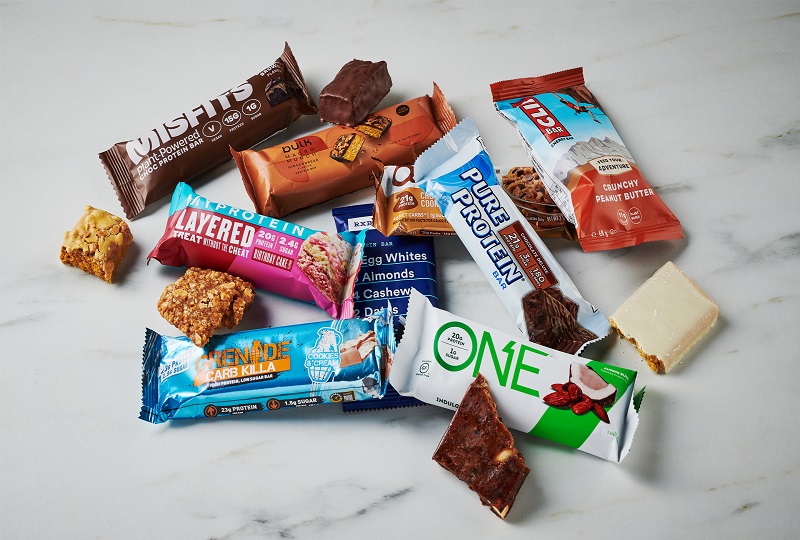 01
01Further Discussion About Protein Bar Packing Machinery
27-02-2024 -
 02
02Sustain The Best Crispy With Automatic Packaging Machines
29-01-2024 -
 03
03Bread Packing Machine For Bakery Business
19-01-2024 -
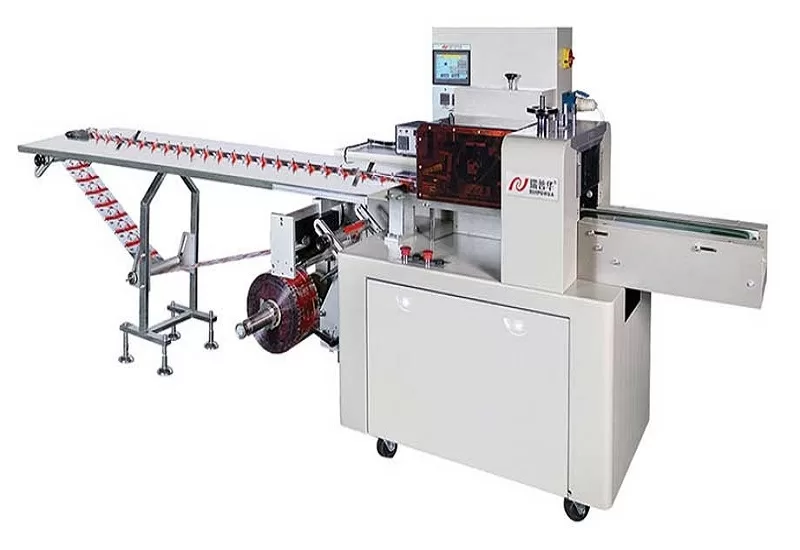 04
04How Flow Wrappers Are Adapting to Changing Trends
01-11-2023 -
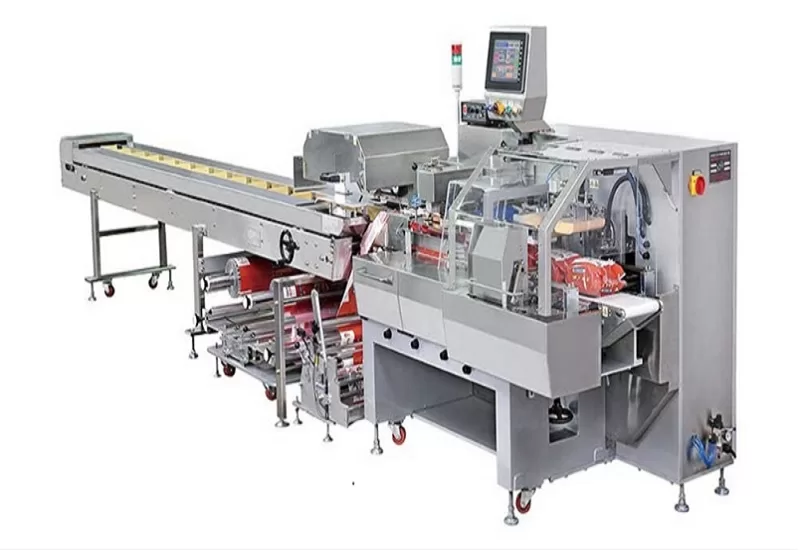 05
05The Comprehensive Guide to Packaging Machinery
31-10-2023 -
 06
06Automatic Cookie Packaging System Performance
01-09-2023 -
 07
07Streamlining Biscuit Packaging with Multipack Biscuit Packaging Machines
25-08-2023 -
 08
08From Assembly To Shipping: The Energy Bar Packaging Machine Does All
28-02-2023 -
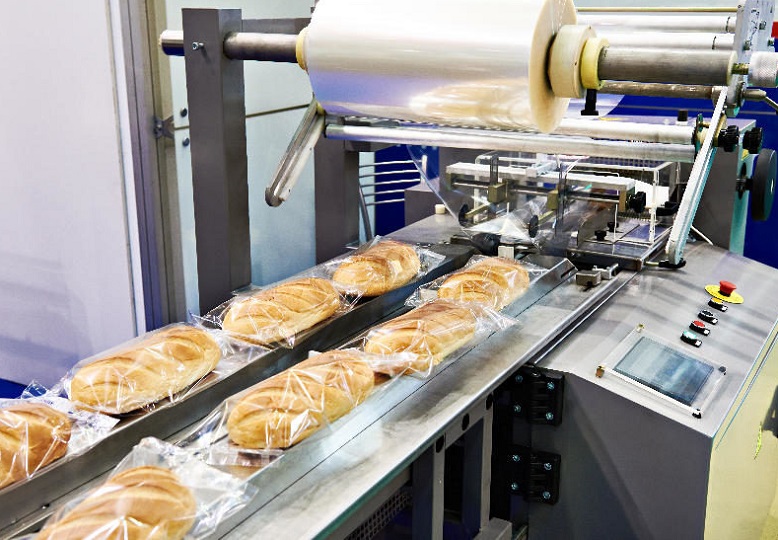 09
09Maximizing Efficiency With Food Packaging Machine Technology
22-02-2023 -
 10
10Clients Hunt For Professional And Functional Packaging Machine
10-11-2022



